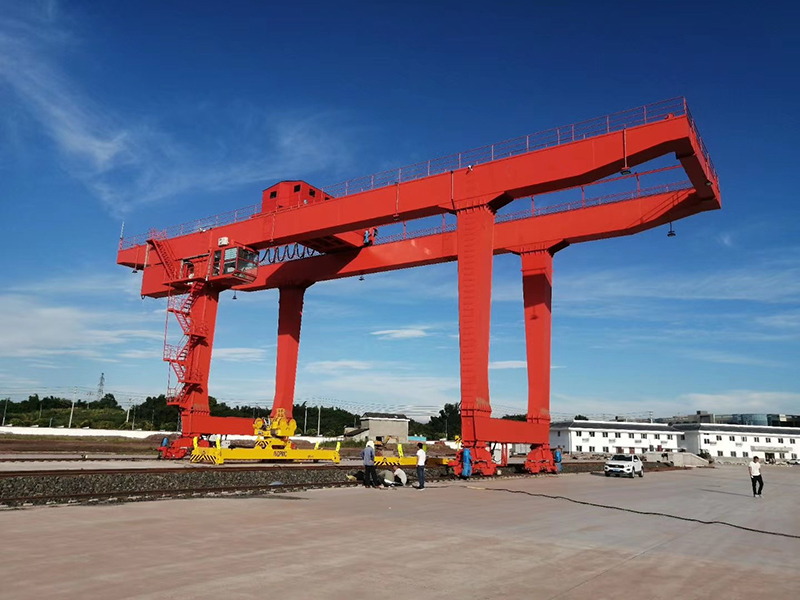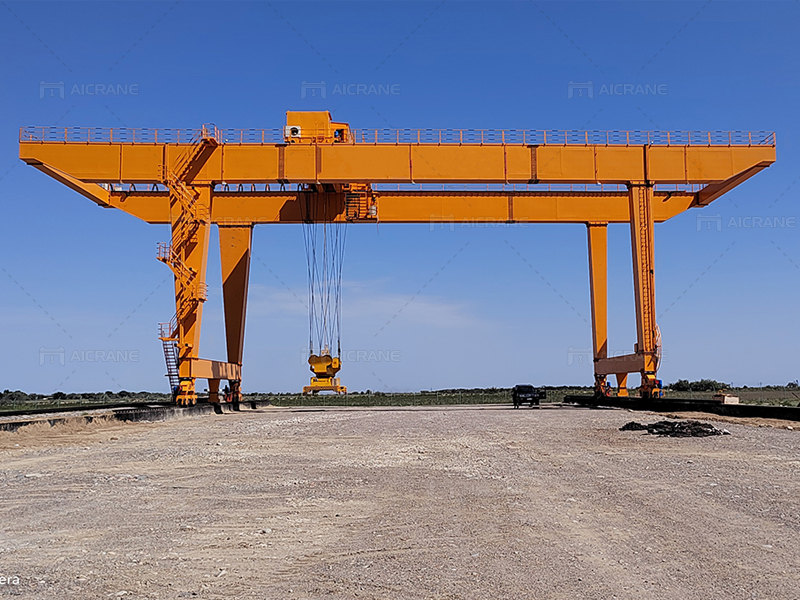Investing in a container gantry crane is a significant decision for terminal operators and logistics companies. The price of a container gantry crane is influenced by various factors, and understanding these considerations is crucial for making a wise investment. In this article, we explore the key price considerations when purchasing a container gantry crane and how to make informed decisions for optimal investment.
Importance of Container Gantry Cranes
Container gantry cranes play a critical role in container terminals, facilitating the efficient loading and unloading of shipping containers from vessels to the terminal yard and vice versa. They are essential for maximizing terminal throughput, optimizing space utilization, and ensuring smooth cargo operations.
Factors Influencing Container Gantry Crane Prices
- Load Capacity: The lifting capacity of the gantry crane, measured in tons, significantly impacts its price. Higher capacity cranes capable of lifting heavier containers command a higher price due to their robust construction and specialized components.
- Span and Outreach: The span of the crane, which determines the width of the working area, and the outreach (reach of the crane) affect the container gantry crane price. Cranes with larger spans and longer outreach capabilities tend to be more expensive.
- Height and Stack Capability: Container gantry cranes designed for stacking containers vertically require specialized engineering and structural components, contributing to higher costs compared to cranes with lower stacking capabilities.
- Automation and Technology: The level of automation and advanced technology integrated into the gantry crane impacts its price. Modern cranes equipped with remote control systems, automation features, and advanced safety systems command a premium.
- Construction Materials: The quality and type of materials used in the construction of the crane, such as high-strength steel and corrosion-resistant components, influence the price. Durable materials enhance longevity and performance but may increase upfront costs.
- Environmental Factors: Eco-friendly features, such as energy-efficient motors, emission-reducing technologies, and noise-reduction measures, may add to the overall cost of the crane but contribute to long-term operational savings and sustainability.
- Manufacturer and Supplier: The reputation, expertise, and location of the manufacturer or supplier impact pricing. Established brands with a track record of delivering reliable and innovative gantry crane solutions may command higher prices.

Making Informed Investment Decisions
When considering the price of a container gantry crane, it’s essential to take a holistic approach and consider the following factors:
- Operational Requirements: Assess the specific operational needs of your terminal, including container sizes, throughput volumes, and space constraints.
- Budget Constraints: Define a realistic budget based on available capital, long-term financial projections, and potential return on investment (ROI).
- Total Cost of Ownership: Consider the total cost of ownership, including installation, maintenance, spare parts, and operational costs over the crane’s lifespan.
- Future-Proofing: Evaluate the scalability and adaptability of the crane device to accommodate future growth and technological advancements in the industry.
- Vendor Relationships: Build relationships with reputable vendors or suppliers who provide value-added services such as maintenance packages, training, and after-sales support.
Conclusion
Investing wisely in a container gantry crane requires careful consideration of various price factors and a thorough evaluation of operational requirements and long-term objectives. By understanding the cost implications and making informed investment decisions, terminal operators can optimize terminal efficiency, enhance cargo handling capabilities, and drive sustainable growth in the maritime logistics industry. A well-planned investment in a container gantry crane is not just an expenditure but a strategic asset that contributes to the success and competitiveness of container terminals in a dynamic global market.
